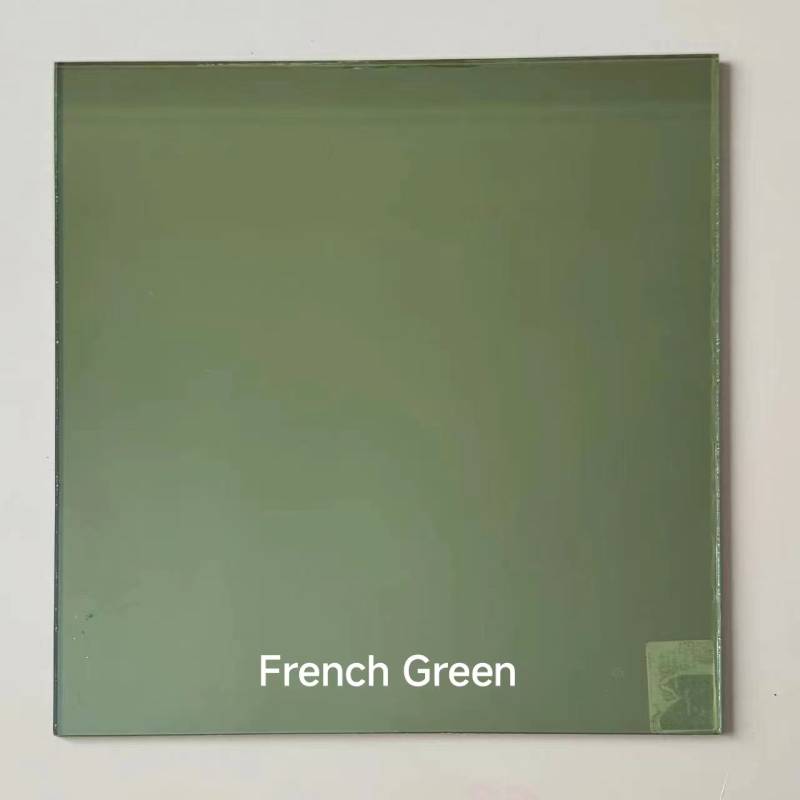

The Elegance of Designer Glass for Walls
In contemporary architecture and interior design, the use of designer glass for walls has emerged as a defining feature that combines artistry with functionality. Glass, an ancient material, is experiencing a renaissance, presenting a plethora of opportunities for designers and homeowners alike. From enhancing natural light to providing striking visual aesthetics, designer glass walls transform spaces in ways that traditional walls cannot.
The Aesthetic Appeal
Designer glass walls, often custom-made, manifest a captivating elegance that can elevate the ambiance of any room. Unlike conventional materials, glass offers an uninterrupted flow of light, creating a bright and airy atmosphere. This not only makes spaces appear larger but allows for unique reflections and a dynamic interplay of light throughout the day. Custom patterns, colors, and textures can be integrated into the glass, adding artistic flair specific to a brand or personal style. From frosted and etched glass to colored and patterned options, the choices in design are virtually limitless.
Innovations in Technology
Recent advancements in glass technology have expanded its possibilities even further. Smart glass, for example, can change its opacity based on light conditions, providing privacy without the need for blinds or curtains. This technology also contributes to energy efficiency by regulating solar heat gain, thus reducing the need for artificial lighting and HVAC systems. These innovations not only enhance the functionality of glass walls but also align them with sustainable building practices, making them an attractive option for eco-conscious designs.
Versatility in Application

The versatility of designer glass walls is another reason for their growing popularity. They can be used in a variety of settings—residential homes, commercial offices, retail spaces, and even cafes or restaurants. In residential design, glass walls can seamlessly connect living areas to outdoor spaces, inviting nature indoors. In commercial environments, they can enhance brand visibility and client engagement while maintaining an open, collaborative atmosphere.
In retail, designer glass can be utilized in display cases or storefronts, providing a clear view of products while enticing customers with visually engaging designs. Architectural firms are increasingly using glass walls as partitions in office spaces to create collaborative environments that foster creativity and communication among employees.
Challenges and Considerations
Despite the many advantages of designer glass walls, there are still challenges to consider. The installation process can be complex and may require skilled artisans to ensure the structural integrity and aesthetics. Additionally, the initial cost can be higher than traditional wall materials, though this can be offset by energy savings and the potential for increased property value over time.
Moreover, considerations regarding privacy and thermal regulation must be addressed. While smart glass technologies have mitigated some of these concerns, traditional glass may still require additional treatments or window coverings in certain applications.
Conclusion
Designer glass for walls stands at the forefront of modern design, marrying beauty with brilliance. Its ability to transform interiors, enhance layouts, and contribute to an eco-friendly environment makes it a compelling choice for architects and designers. As technology continues to evolve, the possibilities for creative expression with glass will only expand, pushing the boundaries of what interior spaces can be. In a world that increasingly values innovation and aesthetic cohesion, designer glass is not just a material choice but a statement of style and sophistication. As we embrace this trend, it’s clear that the future of wall design is bright—literally and figuratively.